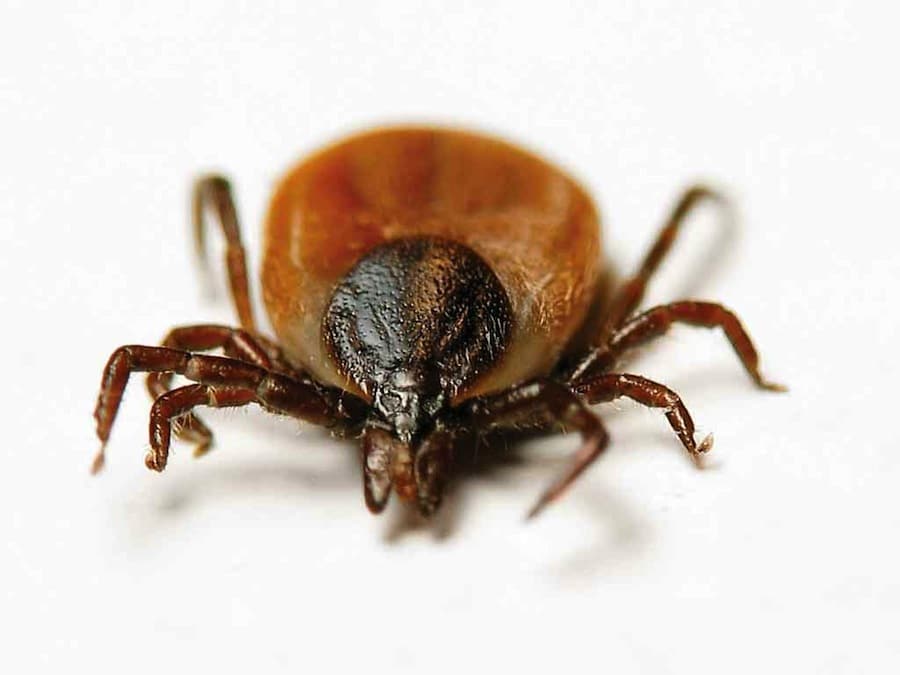If you’ve paid attention to the news in recent months, you probably know what we are currently in the midst of what most experts would call a banner tick season. Because these blood sucking parasites are well-known carriers of lyme and other disease causing pathogens, it’s important for every outdoor enthusiast to arm themselves with knowledge about how to avoid and cope with tick encounters in the wild.
Reference this handy tick fact sheet next time you set out into the great outdoors.
1. Ticks crawl up. Ticks don’t jump, fly, or drop from trees onto your head and back. If you find one attached there, it most likely latched onto your foot or leg and crawled up over your entire body.
2. All ticks (including deer ticks) come in small, medium and large sizes
3. Ticks can be active even in the winter. Deer Ticks in particular are not killed by freezing temperatures, and will be active any winter day that the ground is not snow-covered or frozen.
4. Ticks carry disease-causing microbes: Tick-transmitted infections are more common now than in past decades. With increases in deer populations, extending even into semi-urban areas in the eastern and western U.S., the trend is for increasing abundance and geographic spread of deer ticks and Lone Star ticks; and scientists are finding an ever-increasing list of disease-causing microbes transmitted by these ticks (Lyme disease bacteria, Babesia protozoa, Anaplasma, Ehrlichia, and other rickettsia, even encephalitis-causing viruses, and possibly Bartonella bacteria).
5. The only way to get Lyme disease is by being bitten by a deer tick or one of its “cousins” found around the world.
6. For most tick-borne diseases, you have 24 hours to find and remove a feeding tick before it transmits an infection. Even a quick daily tick check at bath or shower time can be helpful in finding and removing attached ticks before they can transmit an infection. Lyme disease bacteria take at least 24 hours to invade the tick’s saliva.
7. Deer tick nymphs look like a poppy seed on your skin. And with about one-in-four nymphal deer ticks carrying the Lyme disease spirochete and other germs in the northeastern, mid-Atlantic, and upper mid-western U.S., it’s important to know what you’re really looking for. They’re easy to miss, their bites are generally painless, and they have a habit of climbing up (under clothing) and biting in hard-to-see places.
8. The easiest and safest way to remove a tick is with a pointy tweezer. Using really pointy tweezers, it’s possible to grab even the poppy-seed sized nymphs right down next to the skin. The next step is to simply pull the tick out like a splinter.
9. Clothing with built-in tick repellent is great for preventing tick bites. An easy way to avoid tick bites and disease is to wear clothing (shoes, socks, shorts or pants, and shirt) with Insect Shield tick repellent built-in.
10. There’s really only one way you get a tick-transmitted disease, and that’s from a tick bite. Reducing tick abundance in your yard, wearing tick repellent clothing every day, treating pets every month and getting into a habit of doing a quick body scan are all great actions for preventing tick bites.
–Tips courtesy of tickencounter.org.








